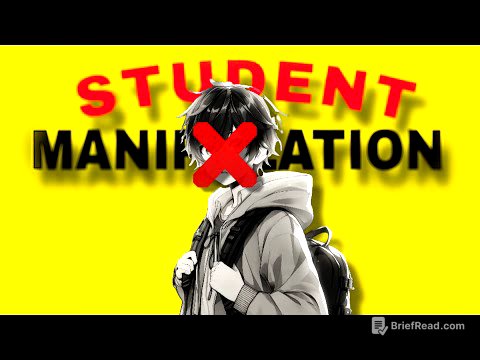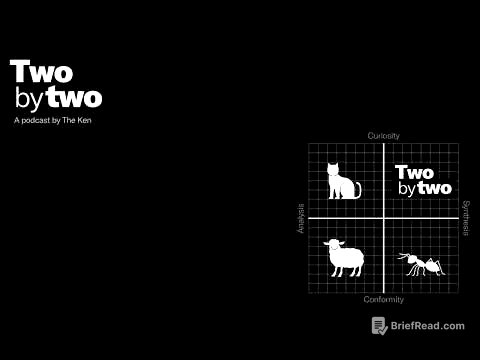TLDR;
This video explains the two types of proceedings in the Barangay Justice System: amicable settlement and arbitration. It highlights the importance of voluntary consent in amicable settlements, clarifies that parties cannot be forced into an agreement, and details the two levels of amicable settlement proceedings: mediation and conciliation. The video also emphasizes the benefits of settling disputes at the barangay level, such as reducing court cases and costs for barangay members.
- Amicable settlement relies on voluntary consent, and parties can't be forced into agreements.
- Arbitration involves a written agreement to abide by the decision of the Lupon Chairman or conciliator group.
- Amicable settlement proceedings have two levels: mediation (handled by the Barangay Head) and conciliation (handled by a three-member team).
Introduction [0:00]
The video introduces the topic of the two types of proceedings within the Barangay Justice System, aimed particularly at new Lupon members. The speaker mentions that many new members have been reaching out with questions, prompting this discussion on the two types of trials or proceedings in the Barangay Justice system.
Amicable Settlement Proceedings [1:53]
Amicable settlement proceedings involve resolving disputes at the barangay level without going to court. This process encourages the parties to settle their disputes through mediation by the chairperson or conciliation by a three-member team. A key element of a good agreement is the free and voluntary consent of all parties involved. According to DOJ Opinion No. 60, Series of 1982, consent obtained through fraud, violence, or intimidation can be repudiated. Parties cannot be forced to enter into an amicable settlement but can be required to attend a mandatory confrontation before the peacemaking board.
Settlement vs. Responsibility [6:18]
Settlement is not an acceptance of responsibility but an acknowledgment of a dispute. It is a way for parties to make concessions and adjust their positions to reach a fair agreement and avoid losing, as stated by the Supreme Court in Chavez versus Court of Appeals (GR No. 159411, March 18, 2005).
Arbitration Proceedings [7:36]
Arbitration is another form of barangay justice where disputes are resolved outside the court system. The complainant and respondent reach a written agreement at any stage of the proceedings, whether mediation or conciliation, and agree to abide by the arbitration award of the Lupon Chairman or conciliator group. This option is offered when an amicable settlement is not possible. Parties must agree in writing, using KP Form No. 14, to comply with the decision of the peacemaking board.
Levels of Amicable Settlement Proceedings [10:05]
There are two levels of amicable settlement proceedings: mediation and conciliation. Mediation is the first attempt to resolve the dispute, carried out by the Barangay Head, lasting 15 days from the first meeting. Conciliation is the second and last attempt, conducted by a three-member team. If mediation fails, the conciliation team encourages the parties to resolve their disagreements.
Benefits of Barangay Justice [13:07]
The conciliation board aims to prevent parties from going to court to reduce the number of cases, save barangay members from expenses, and avoid the disturbance of court processes. Agreements reached in the barangay, documented in KP Form Number 16, have the same legal force as a court decision. Barangay justice is part of alternative dispute resolution, benefiting barangay members.









